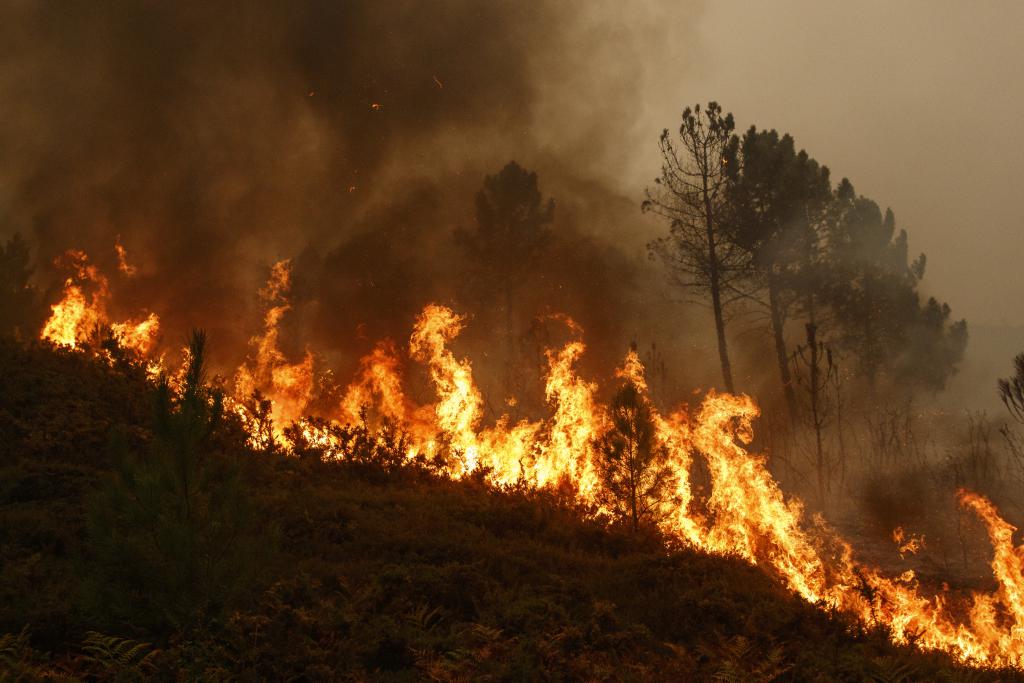
During California’s Hellish Fire Season, Novel Forestry Tactics Offer Freedom From the Flames
Posted on 2nd Oct 2020
Article By: SNO Staff
This morning, I woke up in my North Fork home to the smoke alarm wailing. Smoke from our state’s nearly 400 known wildfires had blown in, thick enough to trigger the alarm. I wasn’t even surprised: this is just another symptom of “living with fire,” as is my evacuation bag by the door and our water hoses at the ready.
California’s fire seasons are getting longer and more destructive. Since 2000, the area burned in the state each year is double what it was in prior decades. And science tells us this will only get worse.
Given this grim reality, it might seem odd that I would have any hope for the future of California’s forests. But I do. A suite of tactics, little known outside of forestry circles, can help to stave off severe fire and prepare our forests for a hotter, drier future. These techniques — sometimes called climate-smart or holistic forest restoration — aim to return our forests to historic conditions, where large, widely-spaced trees rose from a low understory of diverse native grasses and wildflowers.
Think of it as social distancing for trees. Under these conditions, fires could race along the ground, charring — but not killing — flame-resistant species such as ponderosas, sequoias and oaks. Frequent, low-intensity fires weeded out weak trees and flammable shrubs, preventing flames from climbing into a tree’s upper branches and turning into a dangerous crown fire.
Now, after more than a century of fire suppression, California’s forests are dangerously overgrown. In some areas, the land has three to five times as many trees as it supported historically. What remains are weak, crowded trees, which fight each other for water, nutrients and sunlight. At the same time, shrubby underbrush proliferates in wet weather, only to dry out into kindling once the rain stops.
Our urgent task is to restore resilient, healthy forests across the state. Techniques that can help our forests withstand a changing climate include thinning overgrown trees — leaving behind the biggest, most flame-resistant individuals — and setting controlled burns to clear away flammable underbrush. In areas left treeless by intense flames, seedlings can be planted farther apart than foresters have traditionally spaced them, and in clusters that aim to prevent the spread of fire from patch to patch.
These climate-smart tactics range from the well-established — controlled burning, for example, has protected the Mariposa Grove of sequoias for decades — to the experimental. With our partners, the Bureau of Land Management and the Butte County Resource Conservation District, my organization is trialing “assisted migration” in our efforts to reforest the Camp Fire burn scar. The goal is to plant tree types that are more likely to survive future weather conditions. This year, we planted oak and Douglas-fir seedlings from parent trees growing at lower, hotter elevations. The hope is that their drought-and heat-resistant genetics can help them thrive as local trees struggle.
Millions of acres of forests in California are ticking time bombs. We need policies and funding to rapidly increase the pace and scale of efforts to restore forest health, from fuel reduction to reforesting burned areas. With hundreds of millions of Californians unemployed, forest restoration jobs could offer work for entire towns. At the same time, we need to remove the roadblocks that can snarl restoration projects —what Governor Newsom calls “green tape” — that can cost as much as the project itself and tie up planting projects for years, all while tough-to-eradicate invasive species take hold.
Between the fires, thunderstorms and record-busting heat, climate alarms are blaring across California. Will we wake up to them?
